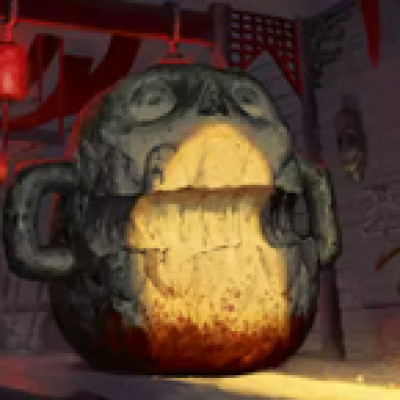In our last article, we discussed the fundamentals of value calculation in Flesh and Blood. Most of what I described applied to all decks some of the time, but only linear decks all the time. By linear decks I mean decks in which maximizing hand-to-hand value is almost always correct. Primarily, that means aggro decks or decks blocking with a couple of cards and swinging back with one attack. Many FaB decks fall into the category of linear decks, and it is truly remarkable how different they still feel to play.
As I see it, however, there are 3 types of decks that have to approach value calculation in a different way: Combo, Fatigue, and Board Presence plans.
Today, we'll be looking at the most straightforward of the three archetypes: Combo.
Combo Value
For the purposes of this article, I define combo as any deck which presents the majority of its damage in a single turn, usually after some setup. By this definition, I believe the game has seen 4 prominent combo decks: OTK Viserai, OTK Fai, Aether Wildfire Kano, and Sabers Boltyn.

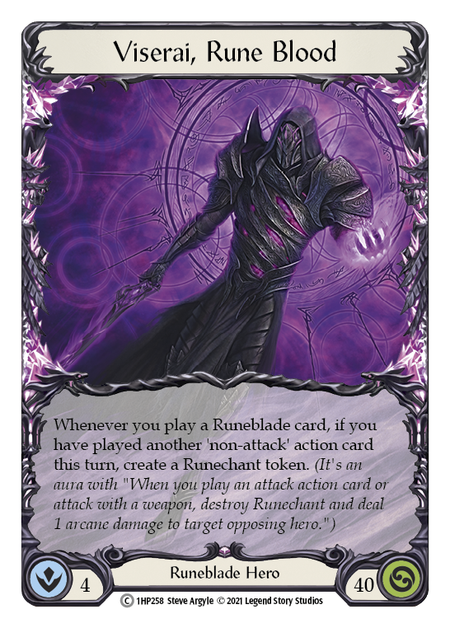
Author's Note: While not a part of the definition of combo, a necessary ingredient for combo decks to exist in a balanced environment is that their non-combo turns are below average, to even out the awesome power of that single turn. If combo decks went toe-to-toe with other decks and had turns that could almost solely win they would be far too strong. 2 of these 4 decks have seen their main combo piece banned, which speaks to the inherent power of combos if not sufficiently weighed down by something else. A core issue of both semi-OTK Viserai and OTK Fai was that they could play very strong turns before and after having 30+ damage turns. This is also why both Bloodsheath Skelata and Stubby Hammerers were banned, while Aether Wildfire and Lumina Ascension still exists.


Let’s look at how to value the plays in combo decks. While linear decks can see their overall average value align closely with the value they see in any given turn cycle, combo decks only see their average value when assessed across the entirety of their game plan. This means that while each turn before and after the combo turn is below rate, the combo turn itself is so much above rate that it evens out to essentially the same average value- if you get the combo off, that is.
This heavy value-loading of one turn has the important ramification that the combo turn becomes the end-all be-all of a true combo deck. All other turns are about survival and setup (and perhaps a bit of chip damage along the way). Surviving until you can combo is extremely important, and doing so at the cost of value turn over turn is actually the most efficient way to play across the game. This runs counter to the way of thinking outlined in Part 1- maximizing the value of each individual hand. If you do that in a combo deck, you might just end up dead before you see your true value turn!
Value Illuminated
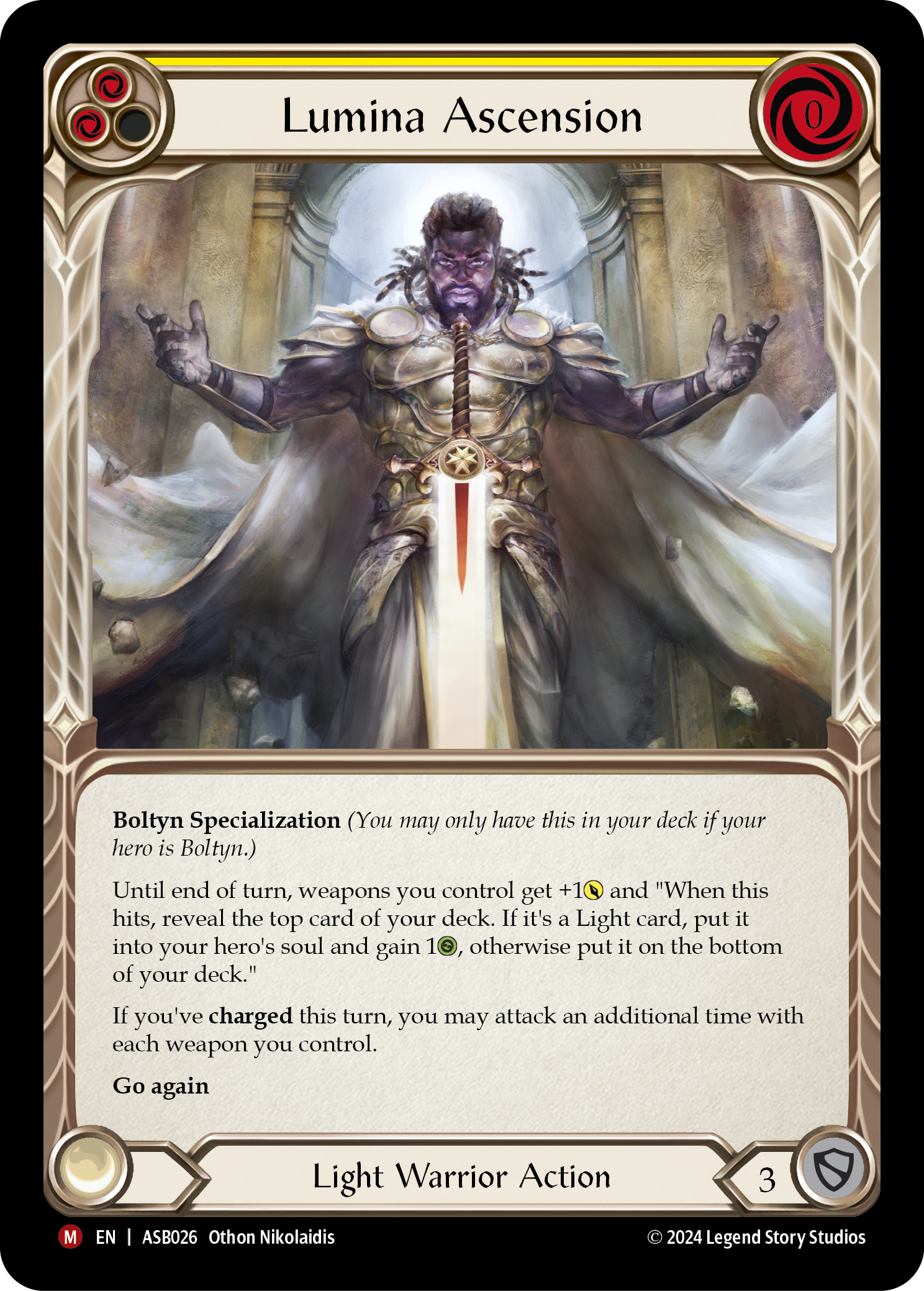
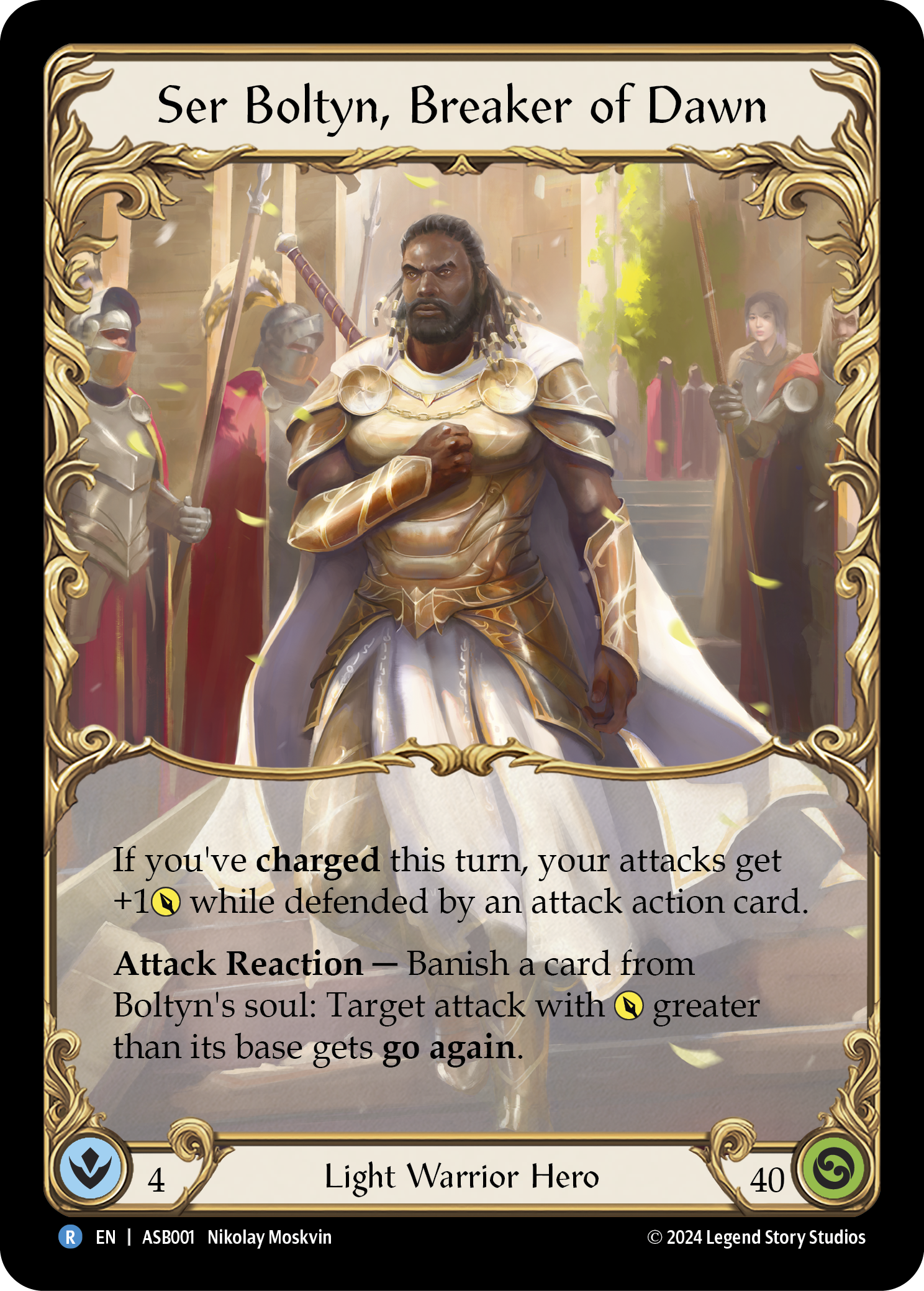
Let’s take a closer look at Sabers Boltyn to better illustrate.
(For the purpose of this example, we will ignore the new card Spirit of Eirina, which complicates the deck a bit. Sabers Boltyn played without it before Dynasty, so the example should explain the key concepts without issue.)
Sabers Boltyn stacks up a few cards in soul before he can combo. On his combo turn, he plays 2 (or 3, if he is lucky) Lumina Ascensions and unleashes a barrage of saber attacks at his opponent - dealing 30 or so damage while healing around 10 hp himself.
To achieve this monumental 40-value turn, Boltyn must do 3 things:
- Stack up his soul - how much depends on the defensive capabilities of the deck he is playing against; 3 is enough against Fai, 5 is enough against all but the beefiest of opponents
- Collect any combination of 2 Lumina Ascension and/or Beacon of Victory - though Beacon uses one soul to tutor, so Boltyn must have 1 extra soul per Beacon used during the combo turn
- Keep a 5-card hand on the combo turn - a 4-card hand costs him 6 damage, and makes it easier to prevent the life gain as well
The prospect of a 40-value turn (which is even better than 40 value spread across turns - but that's for a later entry) means that fulfilling the three above conditions becomes by far the most important goal of Sabers Boltyn. Let’s take a look at what that looks like in practice by looking at an early game hand.
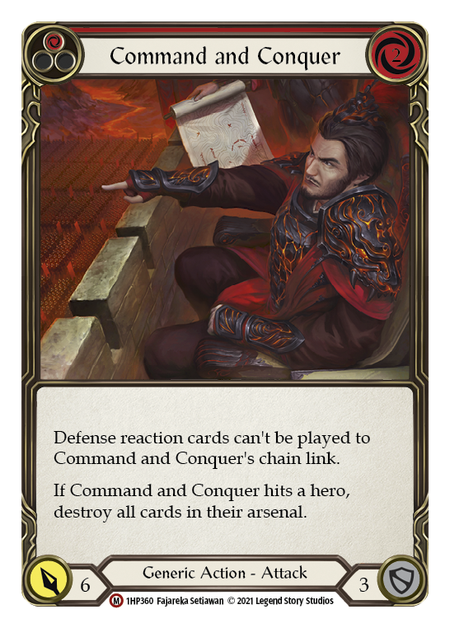
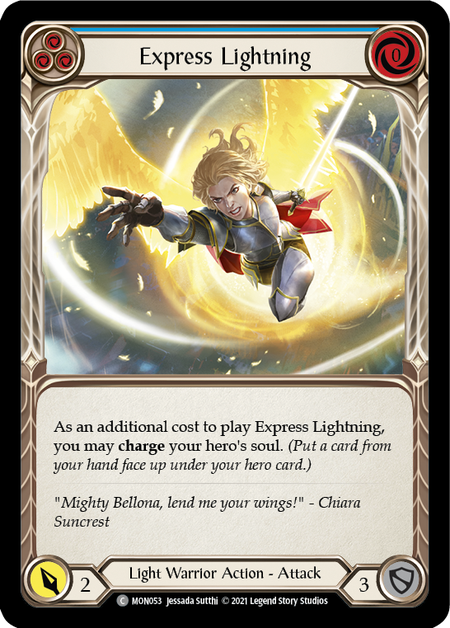

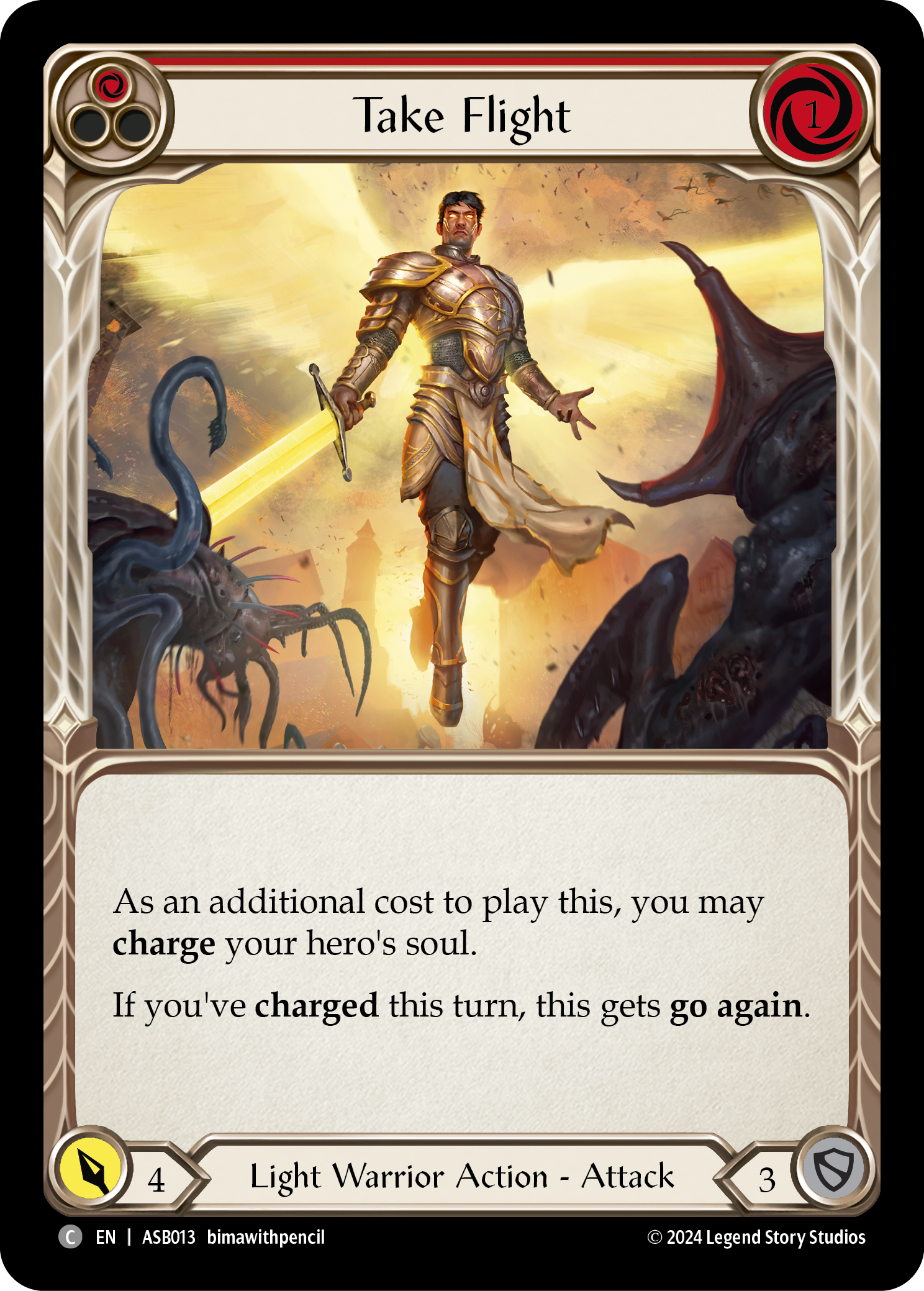
If you read Part 1 carefully you might consider this hand and immediately think of the correct line as pitching Express Lightning for Take Flight, charging Lumina Ascension to soul, and ending with Command and Conquer. This nets 10 value, 1 soul and a nasty on-hit for potentially 12 value if both cards are blocked with attack actions.
Or you might prefer to start out with the same pitch and attack, but charging Command and Conquer instead, playing out Lumina Ascension afterwards, swinging your sabers twice for a further 10-12 value (2 heal likely from the saber hits), with the possibility of jumping to 15-17 value if all 3 cards are blocked by attack actions. The latter scenario is incredibly unlikely against a skilled player, however, and you would be down 1 soul at the end of the exchange.
Both these lines are quite poor (barring the unusual circumstance of very inefficient blocks), and speak to why Raydn Boltyn is an underperforming deck. Luckily, neither of those lines are anywhere near optimal for combo Boltyn - even while they maximize hand value. Instead, the best line for Sabers Boltyn specifically would simply be to block 3 with Command and Conquer, swing Express Lightning charging Take Flight, and arsenaling Lumina Ascension. This ends up equaling 3 + 2 = 5 value and a soul for 3 cards (it is custom to consider the card we arsenal in the value calculation of the turn we use it, rather than the turn we draw it).
This is an incredibly poor value per card! Less than half that of the lines outlined above. So why is it the best line?
As you will recall, Sabers Boltyn has 3 goals: build soul, collect combo pieces, and hold a 5-card hand on the combo turn. This line of play advances all 3 goals. We arsenal a combo piece, leaving us wanting just 1 more; we build our soul; and we preserve our health total, so that we can more likely survive until the combo is assembled and keep a 5-card hand to fire it off.
Such is the weird valuation of combo decks! It cannot be stressed enough that the value of a combo deck is produced primarily in a single turn, and that all the other turns are simply enablers for that turn - you must evaluate each hand based on this metric.
The value of a combo deck is produced primarily in a single turn; all other turns are simply enablers for that turn.
The fact that combo decks have such poor average turns also means that the value they can produce on offense is often lower than what they could block. This means that blocking for 9 and setting up a combo piece, or even blocking for 11 or 12, is often the highest value play in a given hand, while simultaneously digging deeper in the deck for combo pieces while preserving health. As the combo turn is better than anything a non-combo deck can do on any turn, it is much better to play slow to maximize value over the game.
Combating Combos
So how do you play against a combo deck? As their entire game plan revolves around a single, insanely above-rate turn, you essentially have 3 options playing against them:
- Kill them before they assemble the combo
- Disrupt their combo turn, or
- Survive the combo, more or less unscathed (and possibly fatigue them from there)
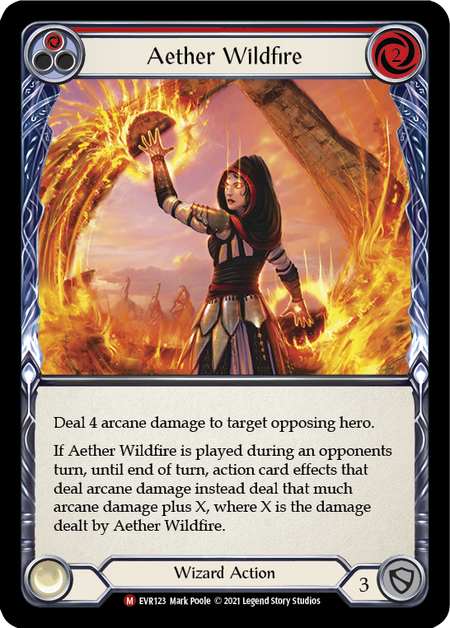
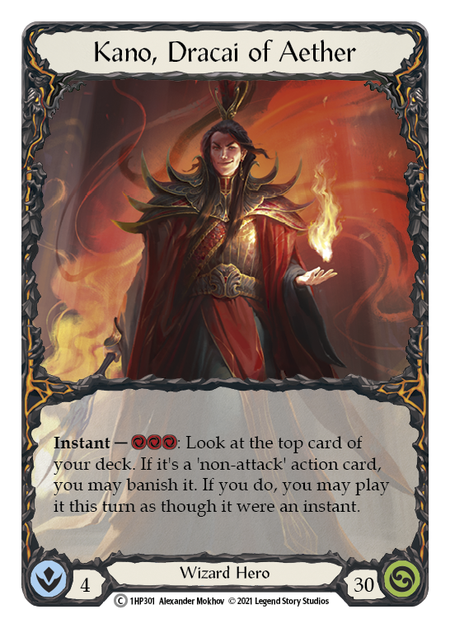
Different decks are best suited to different strategies. Fai, for instance, has no option but to race Boltyn or Kano, hoping to kill them before they have their combo pieces in place. A deck such as Bravo, however, might pack Command and Conquer, Crippling Crush, Spinal Crush, and other heavy on-hits, which they can chain together to deny their opponent the breathing room necessary to fire off their combo.
Another potential way to win is to disrupt the combo once and for all. One method of doing so is to take out a piece of equipment that is key to the plan. For instance, blowing up Storm Striders in Kano or Courage of Bladehold in Boltyn immediately reduces the decks to below-rate plays which have to compete on a playing field where they are heavily disadvantaged. It also means that cards like Command and Conquer or Erase Face become premium when applied correctly.
And finally, a deck such as Oldhim might simply park a big defense reaction in arsenal and block out the combo to the best of his ability, before out-valuing or even fatiguing the combo player after they have popped off.
As can be seen from the above strategies the combo deck’s heavy emphasis on a single turn also affects, or even entirely warps, the value calculation of the decks playing against them. Preventing a 40-value turn is worth quite a few inefficient plays, after all. To illustrate, let's look at an example of a 5-card (including arsenal) Briar hand mid-game against a combo Boltyn.
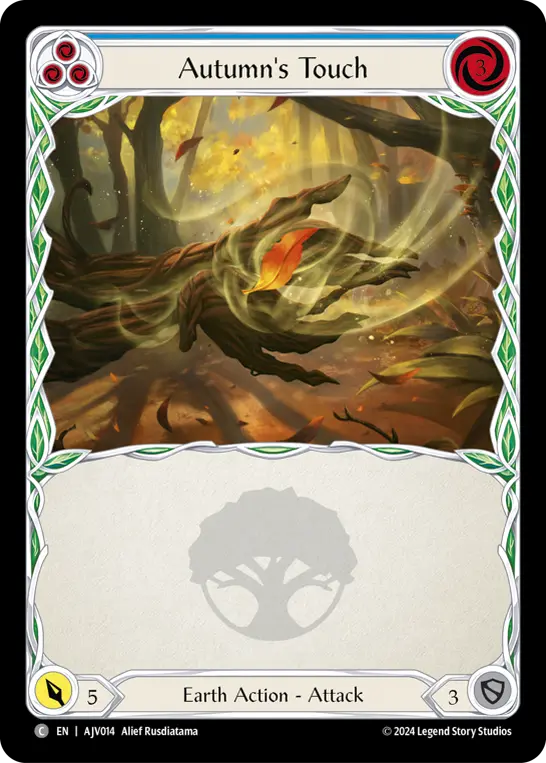
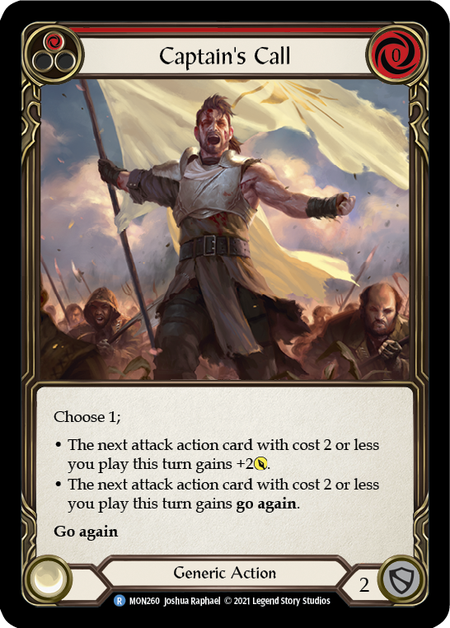
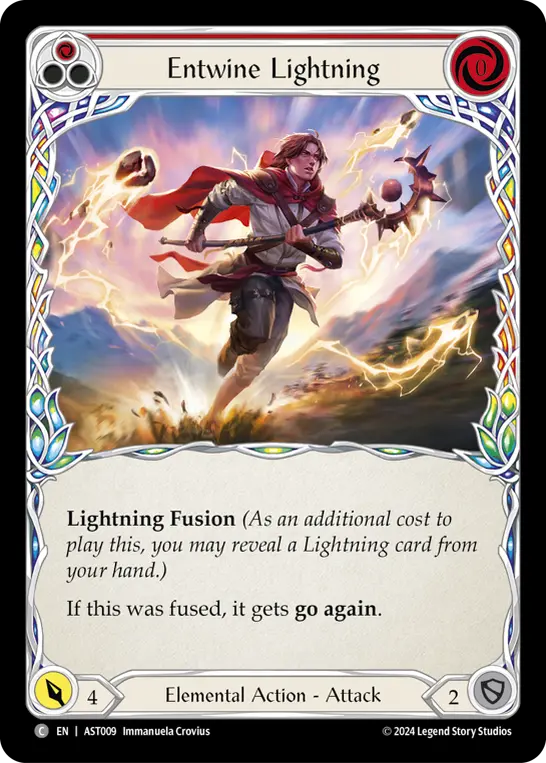
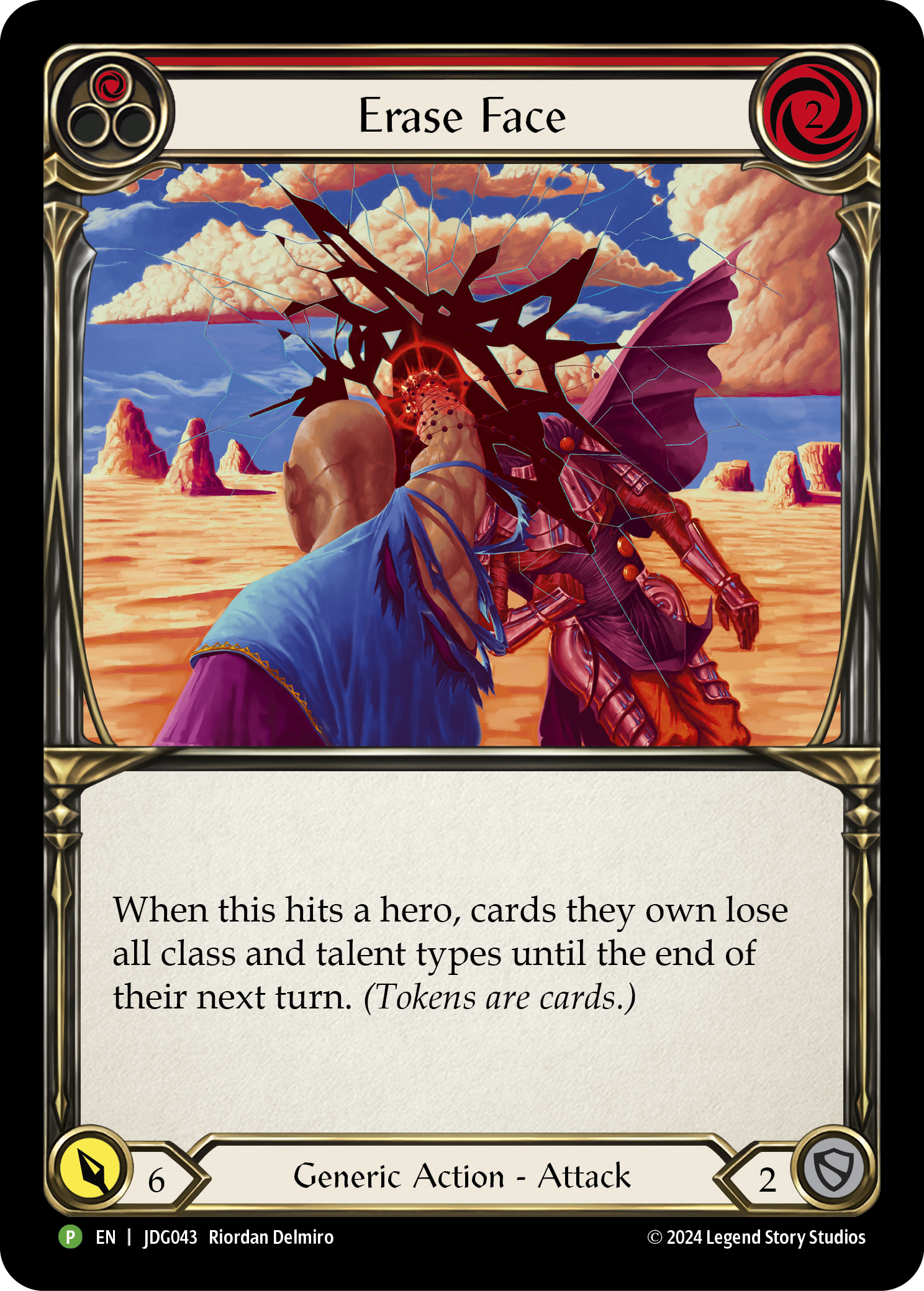
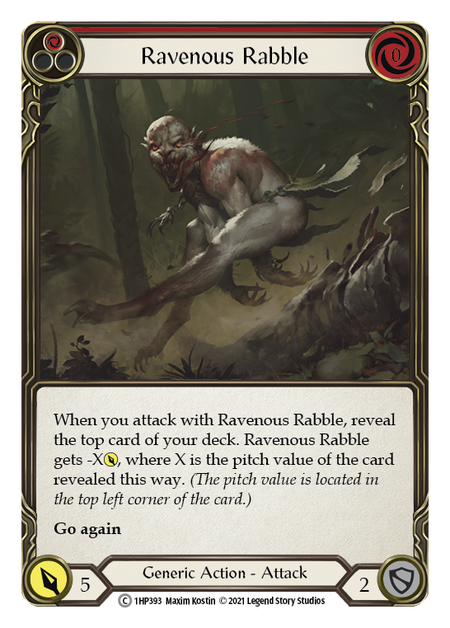
Briar opens with Ravenous Rabble. It reveals a red, and thus comes in for 4 damage. Boltyn blocks (with one card), as he is most inclined to do on all non-combo turns.
Immediately the Briar player should be able to determine that Boltyn is not going to combo this turn. What is the best line of play from there?
Hand value maximization says that playing Captain’s Call - picking go again - before pitching Autumn’s Touch to Erase Face and finally swinging Rosetta Thorn is the highest value play. That results in 14 damage and an on-hit, with a 0-for-4 in arsenal that can potentially gain go again depending on the draws of the next hand.
But knowing that Boltyn effectively cannot combo, it is actually better to pitch the Autumn’s Touch for Grasp of the Arknight, play the Captain’s Call (picking go again), and finishing with Entwine Lightning into Rosetta Thorn, dropping Erase Face into arsenal. This presents only 13 damage, no on-hit, and arguably a worse arsenal; but foregoing 1 value is far and away worth it to save a card that can heavily disrupt Boltyn’s turn.
Next time, Briar might open with another go again attack; and seeing that Boltyn does not block, they can anticipate a combo coming up. Briar still has that Erase Face in arsenal from last turn, which can completely eradicate the possibility of an efficient combo turn. She leaked 4 damage from the go again attack and prevented a 40-value turn, allowing her to close out the game the next turn before Boltyn could combo. Foregoing 1 value on the previous turn ended up netting 40 value the turn after. Quite the trade!
Conclusion
Taking a loss to a combo deck can feel explosively unbalanced, especially as their skewed value design puts you in the driver's seat for most of the game. But playing out a combo deck requires an entirely different perspective on the value of your cards and lines of play. Similarly, playing into a combo deck requires a realization and appreciation for that entirely different take on value, lest you miss how your opponent is steadily moving toward their victory condition.
Next time, we'll tackle card valuation in fatigue decks, and how to overcome that gameplan.
Background music is Soft Lo-Fi Beat | GIRL by Alex-Productions | The Beauty of Maths by Meydän | Morning Routine by Ghostrifter Official | Music promoted by Chosic | Creative Commons CC BY 3.0, 4.0




